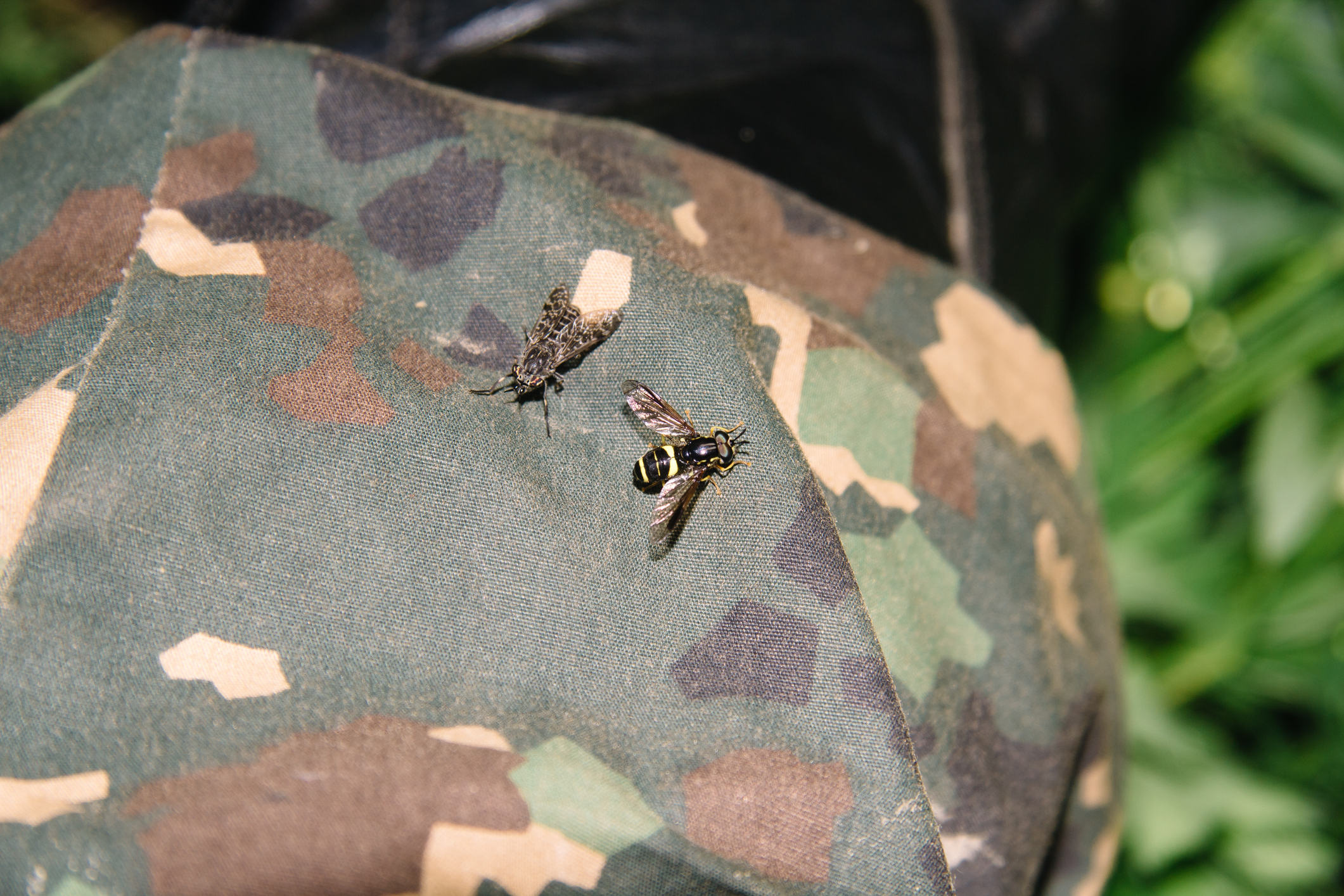Some Known Incorrect Statements About Pestwise
Table of ContentsPestwise - An OverviewNot known Facts About PestwisePestwise Can Be Fun For Everyone10 Simple Techniques For PestwiseThe Definitive Guide to Pestwise5 Easy Facts About Pestwise DescribedHow Pestwise can Save You Time, Stress, and Money.A Biased View of PestwiseThe Pestwise DiariesOur Pestwise Statements
A microorganism should not be considered an insect till it is shown to be one. Classifications of pests include: constant insects that arc nearly constantly present and require regular control.Exact identification is the very first step in a reliable pest monitoring program. Never ever try a parasite control program till you ensure what the pest is. Pest Control Services. The more you learn about the pest and the elements that affect its advancement and spread, the easier, extra economical, and extra successful your bug control will be
Getting The Pestwise To Work
As a licensed applicator, you need to be acquainted with the parasites you are likely to run into in the sort of work in your certification category. To be able to recognize and regulate insects, you need to recognize: the physical attributes of the pests likely to be experienced. attributes of the damage they cause, their advancement and biology, whether they are continual, erratic.
Trigger as little damage as feasible to whatever except the parasite. It can set you back more to control the pest than would certainly be shed due to the fact that of the insect's damage.
The smart Trick of Pestwise That Nobody is Talking About

The intent is to lower the number of bugs to a level where the harm they are causing is appropriate. When a bug's existence is discovered and the decision is made that control is required, reductions and avoidance often are joint objectives.
is an uncommon goal in exterior insect circumstances, due to the fact that it is difficult to achieve. Typically the goal is avoidance and/or reductions. Obliteration is periodically tried when an international parasite has actually been accidentally introduced but is not yet established in an area. Such eradication techniques typically are sustained by the Government.
The Ultimate Guide To Pestwise
Enclosed settings typically are smaller sized, less complicated, and much more conveniently managed than outdoor locations. In numerous enclosed locations, such as houses; schools; workplace structures; and health and wellness treatment, food handling, and food preparation centers, certain parasites can not or will certainly not be tolerated.
Limits may be based on esthetic, health and wellness, or economic factors to consider. These levels, which are referred to as "action thresholds," have been determined for several pests. A threshold usually is established at the level where the financial losses brought on by bug damage, if the pest population proceeded to expand, would be above the price of controlling the bugs.
The visibility of any type of rats in food handling facilities forces activity. In homes, people generally act to manage some insects, such as rodents or roaches, also if just one or a few have been seen. In a lot of pest control scenarios, the location to be shielded must be kept track of (inspected or scouted) often.
Pestwise for Beginners

For instance, there is zero tolerance for the visibility of microorganisms in running areas and other sterile locations of health care facilities. In these circumstances, regular bug control measures are taken to stop insects from going into an area and to remove any kind of bugs that may be present. Bug control involves even more than merely identifying a parasite and utilizing a control tactic.
All of these can be influenced by the parasite control gauges you pick. Unless you consider the possible effects on the whole system within which the insect exists - Pest Control.
The smart Trick of Pestwise That Nobody is Talking About
The actions of every kind of microorganism or component sharing the site normally influence the actions and health of many others. When the balance is disrupted, certain organisms may be destroyed or minimized in number, and others in some cases the bugs - might control. Integrated insect administration is the integrating of proper parasite control strategies right into a single strategy (approach) to decrease pests and their damage to an appropriate level.
Relying only on chemicals for pest control can trigger pests to create resistance to pesticides, can create episodes of other parasites, and can harm surface areas or non-target microorganisms. With some types of parasites, use of chemicals as the only tactic will certainly accomplish really bad control.
Climate problems, particularly temperature, day size, and humidity, affect pests' task and their rate of recreation. Insects may be eliminated or subdued by rainfall, freezing temperature levels, dry spell, or other damaging weather. Climate also affects bugs indirectly by influencing the growth and development of their hosts. A population of plant-eating parasites is associated with growth of its host plants.
The smart Trick of Pestwise That Nobody is Talking About
Birds, reptiles, amphibians, fish, and mammals feed on some parasites and assist control their numbers. Several predatory and parasitical bug and insect-like species feed on other microorganisms, some of which are parasites. Virus often subdue bug populations. Attributes such as hills and big bodies of water restrict the spread of many pests.
Pest populaces can prosper just as lengthy as their rood and water system lasts. As soon as the food source - plant or pet - is worn down, the bugs die or come to be inactive. The life process of several insects relies on the availability of water. The schedule of sanctuary can impact some pest populaces.
An Unbiased View of Pestwise
All-natural controls typically do not regulate pests quickly or totally sufficient to prevent undesirable injury or damages. Some plants, animals, visit this page and frameworks withstand pests much better than others.
Use resistant kinds, when offered, helps maintain bug populations listed below hazardous levels by making conditions much less positive for the insects. Host resistance functions in 3 main means: Chemicals in the host push back the insect or prevent the bug from completing its life cycle. The host is more vigorous or tolerant than various other ranges and therefore less most likely to be seriously harmed by bug strikes.
The Definitive Guide to Pestwise
Biological control includes making use of natural opponents bloodsuckers, predators, and virus. You can supplement this natural control by releasing more of a parasite's enemies right into the target area or by introducing brand-new opponents that were not in the area before. Biological control typically is not elimination. The degree of control varies.
Under appropriate problems, adequate control can be accomplished to eliminate the hazard to the plant or pet to be protected. Organic control additionally consists of approaches through which the parasite is naturally modified, as in the manufacturing and launch or lots of clean and sterile men and the usage of scents or adolescent hormones.
Pheromones likewise can be a control device. Often a made duplicate of the scent that a female insect makes use of to bring in males can be used to confuse men and stop mating, resulting in lower numbers of pests.
What Does Pestwise Mean?
(https://hearthis.at/jose-hawkins/set/pestwise/)Social methods occasionally are made use of to reduce the numbers or bugs that are attacking grown plants. These methods modify the environment, the condition of the host plant, or the actions of the parasite to prevent or subdue a problem. They interfere with the regular partnership in between the parasite and the host plant and make the pest less likely to survive, expand, or reproduce.
Devices, machines, and various other techniques utilized to control pests or modify their atmosphere arc called mechanical or physical controls. Traps, displays, obstacles, fences, nets, radiation, and electrical energy sometimes can he used to stop the spread or pests into an area. Lights, heat, and refrigeration can alter the setting enough to suppress or eradicate some bug populations.